- United Arab Emirates
- Things to do in Abu Dhabi
- Unveiling the Sun Festival of Abu Simbel: A Timeless Celebration
Unveiling the Sun Festival of Abu Simbel: A Timeless Celebration
Deep in the heart of southern Egypt, on the shores of Lake Nasser, stands one of the most awe-inspiring archaeological marvels in the world: the temples of Abu Simbel. Carved into a sandstone cliff over 3,000 years ago by Pharaoh Ramses II, these temples are more than just grand monuments; they are an extraordinary testament to ancient Egyptian ingenuity, especially during the Sun Festival. This biannual event draws travelers from around the globe to witness a phenomenon that feels almost otherworldly.
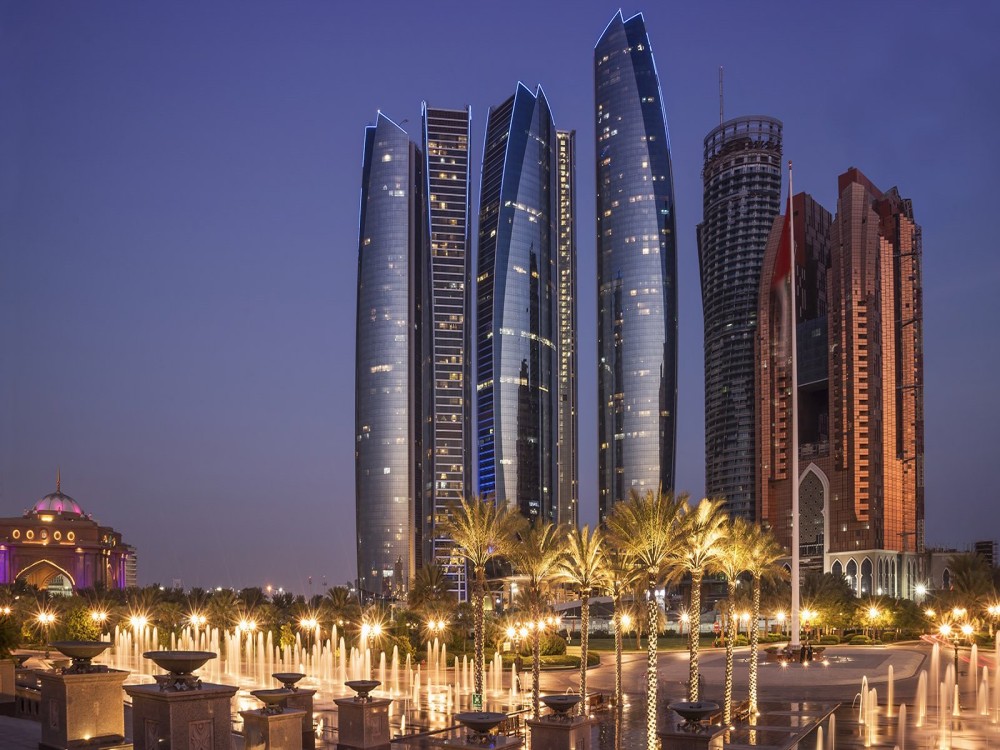
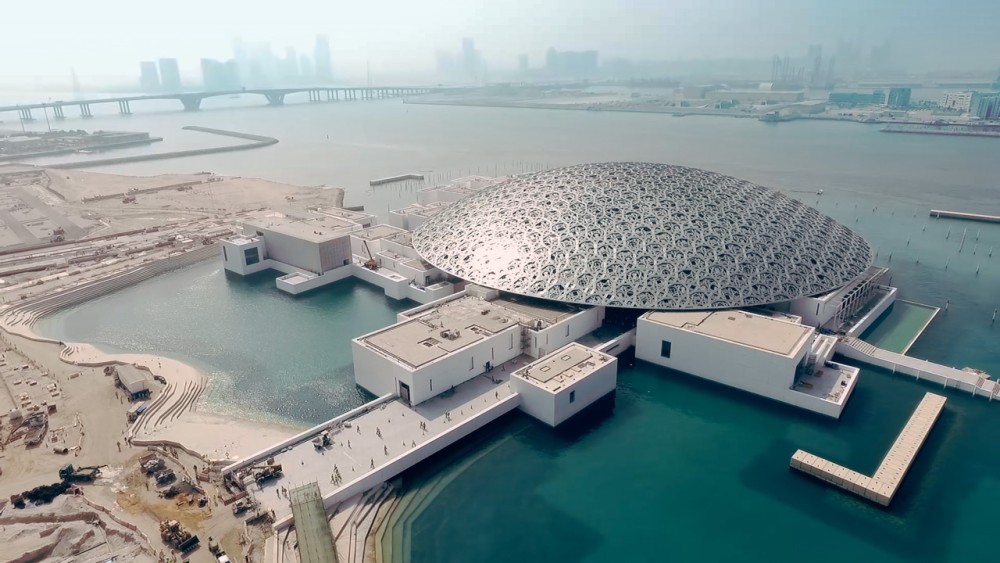
1. The Celestial Alignment: A Feat of Ancient Precision
The Sun Festival occurs twice a year, on February 22 and October 22, marking significant dates in the pharaoh’s life: his coronation and his birthday. During these mornings, the rising sun aligns perfectly with the temple’s entrance, illuminating the inner sanctum and bathing the statues of Ramses II and two gods, Ra-Horakhty and Amun, in golden light. Remarkably, Ptah, the god of the underworld, remains in shadow, a deliberate design choice that showcases the ancient Egyptians’ mastery of astro
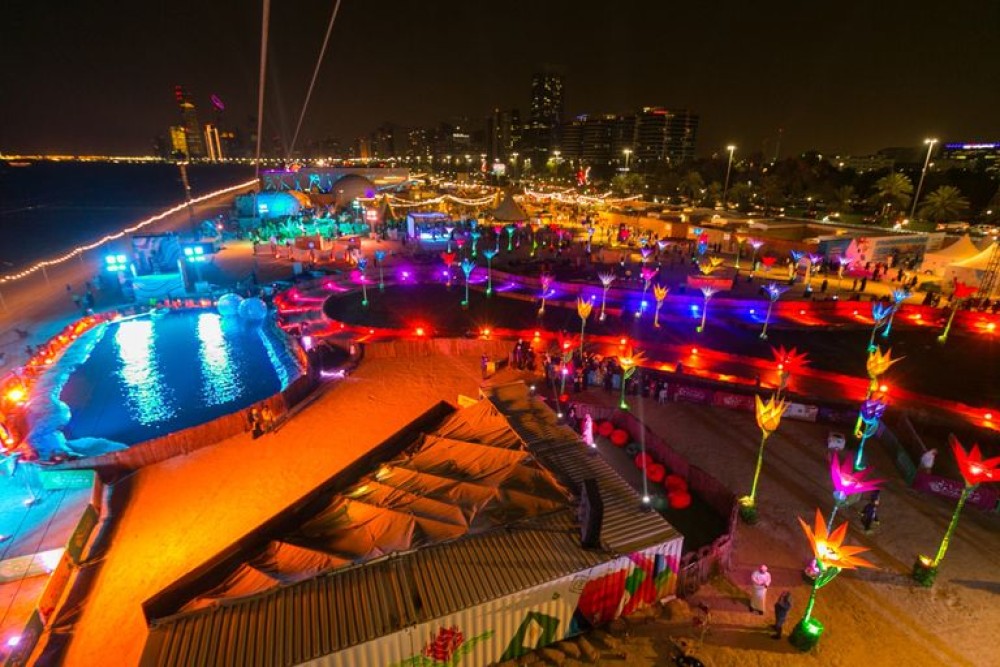
2. The Sun Festival Experience
The Sun Festival is not just about the celestial event; it’s a celebration steeped in culture and tradition. Visitors arrive before dawn to secure their spot, and as the first rays of sunlight pierce the temple’s entrance, a collective gasp ripples through the crowd. The atmosphere is electric, blending reverence and awe as the ancient spectacle unfolds. The festival also features live music, traditional Nubian dance performances, and local food markets, creating a vibrant, festive environmen
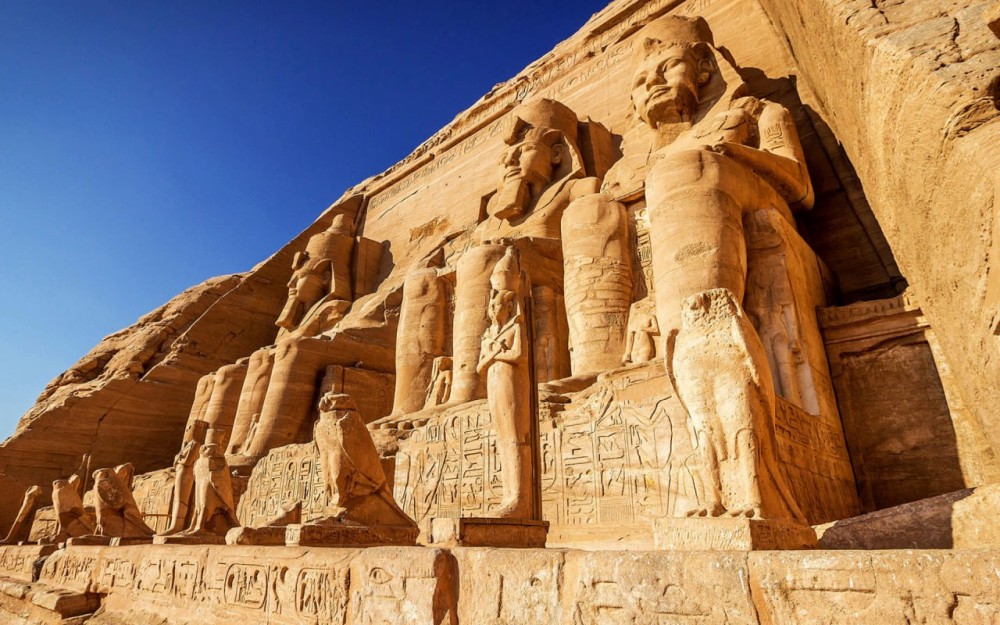
3. Why It Mattered to the Ancient Egyptians
For the ancient Egyptians, the Sun Festival was more than a display of architectural genius; it was deeply symbolic. The alignment underscored the divine status of Ramses II, presenting him as the equal of the gods and reaffirming his authority. The inclusion of Ra-Horakhty, the sun god, emphasized the connection between the pharaoh and the life-giving power of the sun, a central element of Egyptian belief and daily life. Moreover, the festival’s timing—aligned with the agricultural calendar—
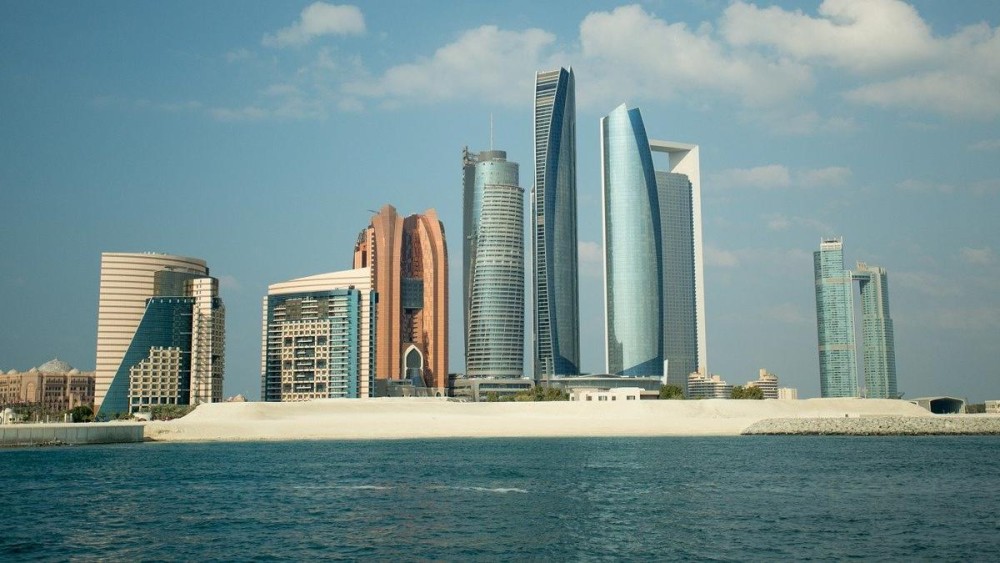
4. Planning Your Visit
To experience the Sun Festival, planning is essential. The temples are located about 280 kilometers south of Aswan, and most visitors opt for a guided tour or private transfer. Alternatively, you can join a convoy or take a short flight from Aswan. Arriving early—preferably before 5 AM—is crucial to secure a good viewing spot. Be sure to dress warmly, as the desert mornings can be chilly, and bring snacks and water to stay comfortable. If you’re not visiting during the festival dates, Abu Sim
You may also like these
Copyright © 2025 All Rights Reserved


